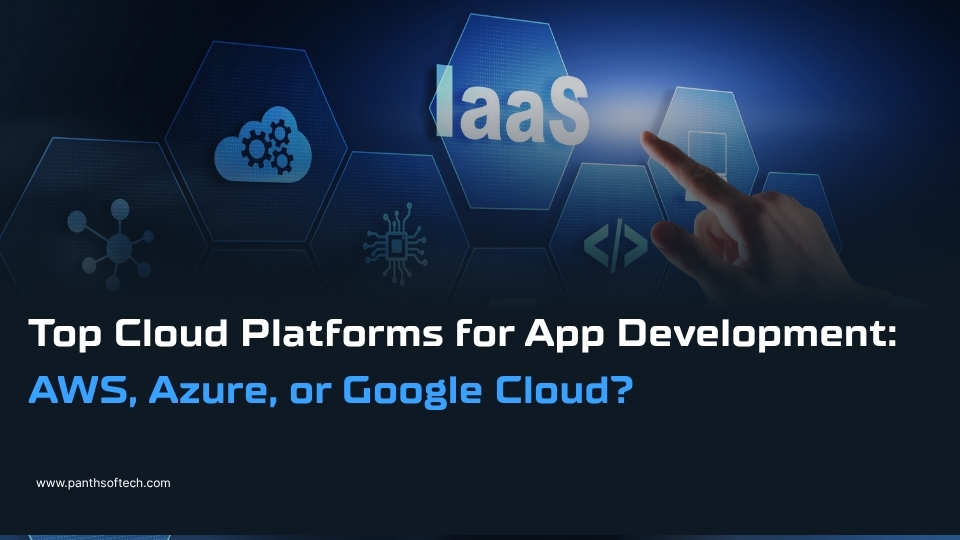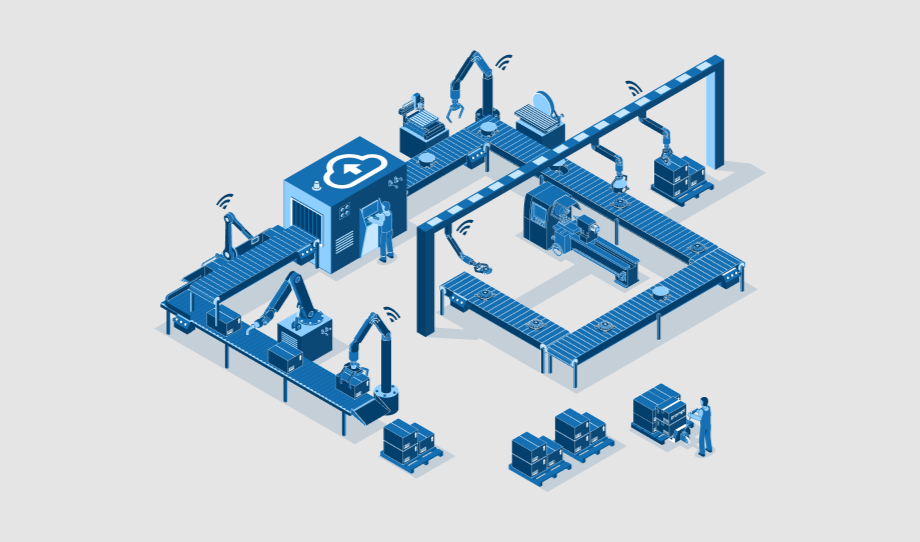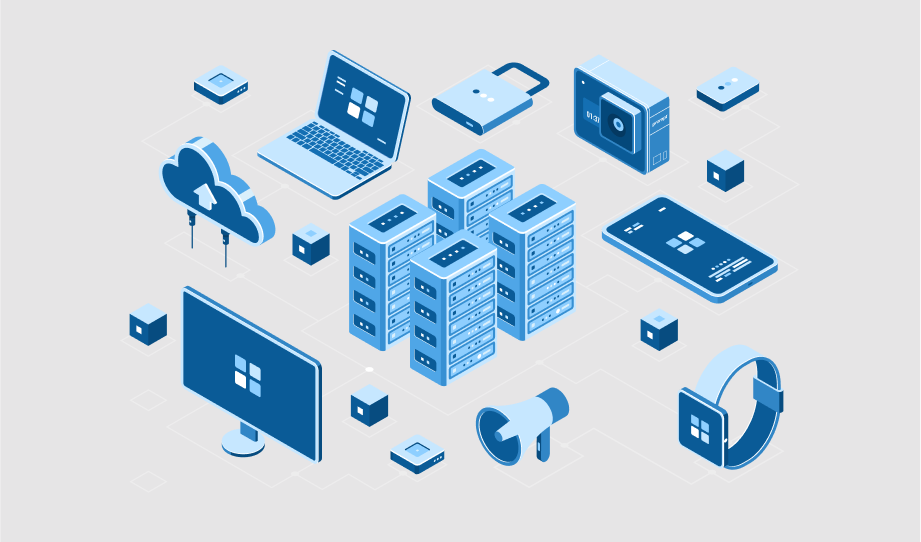Top Cloud Platforms for App Development: AWS, Azure, or Google Cloud?
Businesses need apps that are fast, secure, scalable, and easy to maintain. This is why most…
Why Connect Industrial Protocols with Cloud
Industrial protocols are conversations between industrial automation products for data collection or control. At the beginning…
Which Solution is Best for Your Connected Device – Edge or Cloud Computing?
If you have adopted IoT and are developing an IoT-connected device, you may wish to do…






